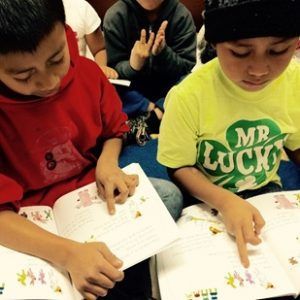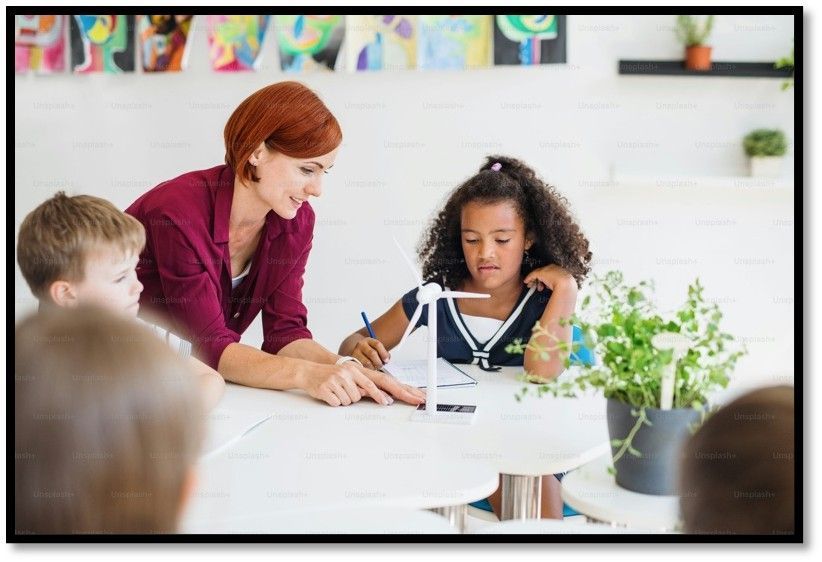There are so many different factors to take into consideration when it comes to identifying why a student is having trouble understanding language and learning to read. A physical or innate problem, such as the way the brain works, is often a factor that is overlooked and may be hard to pinpoint.
Several areas of the brain must function together in order for a person to develop, utilize and understand language. Let’s take a look.
- Broca’s area: Located in the frontal lobe of the brain, is linked to speech production, and recent studies have shown it to also play a significant role in language comprehension. Broca’s area works in conjunction with working memory to allow a person to use verbal expression and spoken words.
- Wernicke’s area: Located in the cerebral cortex, this is the part of the brain involved in understanding written and spoken language. Damage to this area results in speech that is unable to be understood by others.
- Primary auditory cortex: Located in the temporal lobe and connected to the auditory system, this area is organized so that it responds to neighboring frequencies in the other cells of the cortex. It is responsible for identifying pitch and loudness of sounds.
- Angular gyrus: Located in the parietal lobe of the brain, this area is responsible for several language processes, including number processing, spatial recognition and attention.

A problem with any of these areas can cause a language learning, speaking, or reading delay. Your seemingly bored or uninterested student may not be hearing or processing the language like his more successful speaking and reading peers.
GrapeSEED materials and activities stimulate each of these areas of the brain. The repetition of letter sounds and words help with memorization and pronunciation; pictures on the phonogram word cards and vocabulary picture cards help with comprehension; shared reading with the stories and poems, along with singing and chants, helps with tone, inflection and sounds; the student materials, which include a DVD with videos, even show children how the mouth looks as sounds and words are formed. GrapeSEED makes English learning fun while helping those young brains grow!





